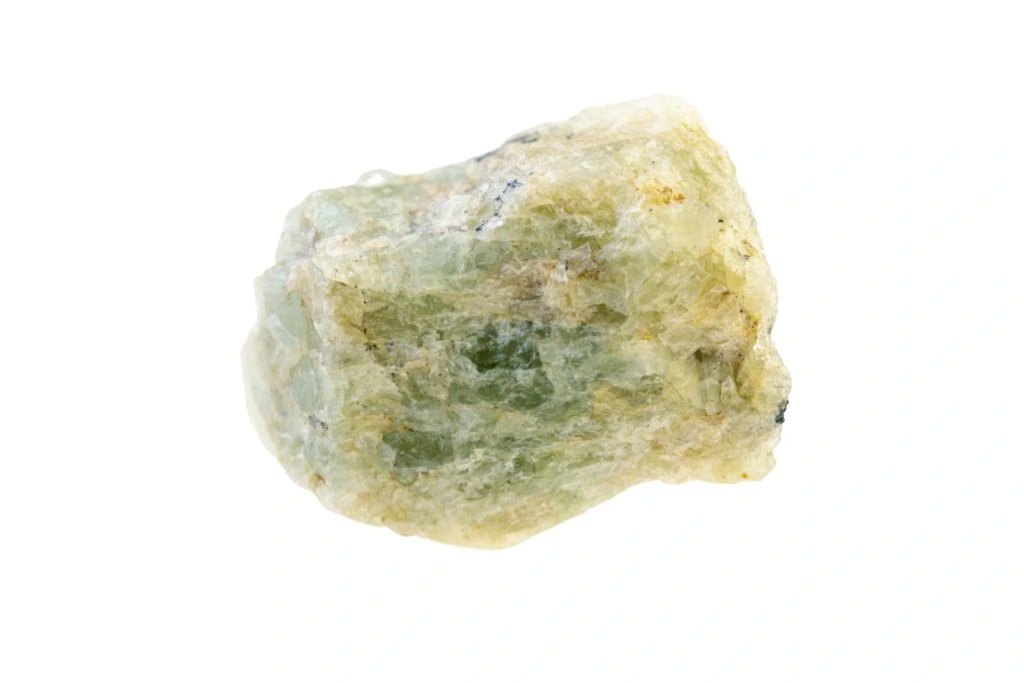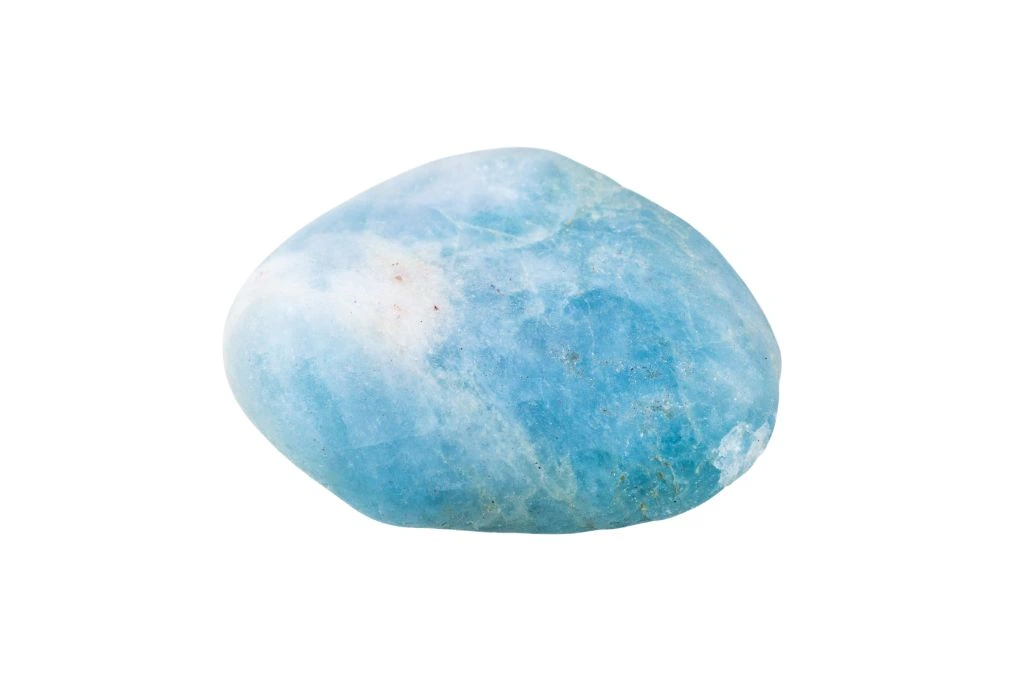Color and Appearance of Beryl
Beryl is a mineral renowned for its diverse color palette and striking appearance. Its hues range from the soft green of emerald to the vibrant blue of aquamarine, and the delicate pink of morganite. The color variations are due to trace elements within the crystal structure, making each specimen unique. Some beryl crystals can even display color zoning, where different sections of the crystal exhibit distinct hues.
Crystal Structure and Form
Beryl typically forms hexagonal crystals, often elongated and prismatic in shape. These crystals can vary greatly in size, from tiny specimens to massive formations weighing several tons. The mineral’s structure is characterized by rings of silicate tetrahedra, which contribute to its durability and distinctive hexagonal cross-section. This unique structure also gives beryl its vitreous to resinous luster, enhancing its visual appeal.
Notable Physical Characteristics
One of the most remarkable features of beryl is its hardness, ranking 7.5 to 8 on the Mohs scale. This quality makes it resistant to scratches and ideal for use in jewelry. Beryl also exhibits perfect basal cleavage, though it’s rarely seen due to the crystal’s overall toughness. Another distinguishing characteristic is its high refractive index, which gives cut gemstones exceptional brilliance and fire.
Unique Aspects of Beryl
Beryl stands out for its ability to form large, transparent crystals, making it highly prized in the gemstone industry. Some varieties, like emerald, are known for their inclusions, which can create captivating internal landscapes called “jardin” (garden in French). Additionally, certain types of beryl, such as goshenite, can display asterism – a star-like optical effect when cut as cabochons. These unique features, combined with its range of colors and durability, make beryl a truly remarkable and sought-after mineral in both scientific and aesthetic contexts.
Historical and Cultural Significance of Beryl
Beryl has been prized since ancient times for its beauty and believed mystical properties. The ancient Egyptians carved beryl into scarabs and other talismans, while Roman nobility adorned themselves with beryl jewelry. In medieval Europe, beryl was thought to aid intellectual pursuits and was used to craft eyeglasses, giving rise to the German word “brille” for spectacles.
Metaphysical Associations
In metaphysical circles, beryl is associated with clarity of mind, enhanced communication, and spiritual growth. Different colors of beryl are believed to have unique properties: green beryl (emerald) is linked to love and compassion, while blue beryl (aquamarine) is connected to calmness and self-expression. Golden beryl is thought to stimulate creativity and personal power.
Common Uses and Applications
Today, beryl continues to be popular in jewelry, particularly its emerald and aquamarine varieties. These gemstones are prized for their durability and lustrous appearance. In industry, beryl is a source of beryllium, an element used in aerospace and defense technologies. Some forms of beryl are also used in high-tech applications, such as in lasers and optical components.
Traditional and Modern Benefits
Traditionally, beryl was believed to protect travelers and bring good fortune. In modern alternative healing practices, beryl is used in crystal therapy to promote mental clarity, reduce stress, and enhance meditation. Some practitioners use beryl to balance emotions and improve communication skills. While not scientifically proven, many people find comfort and inspiration in working with beryl for personal growth and well-being.


